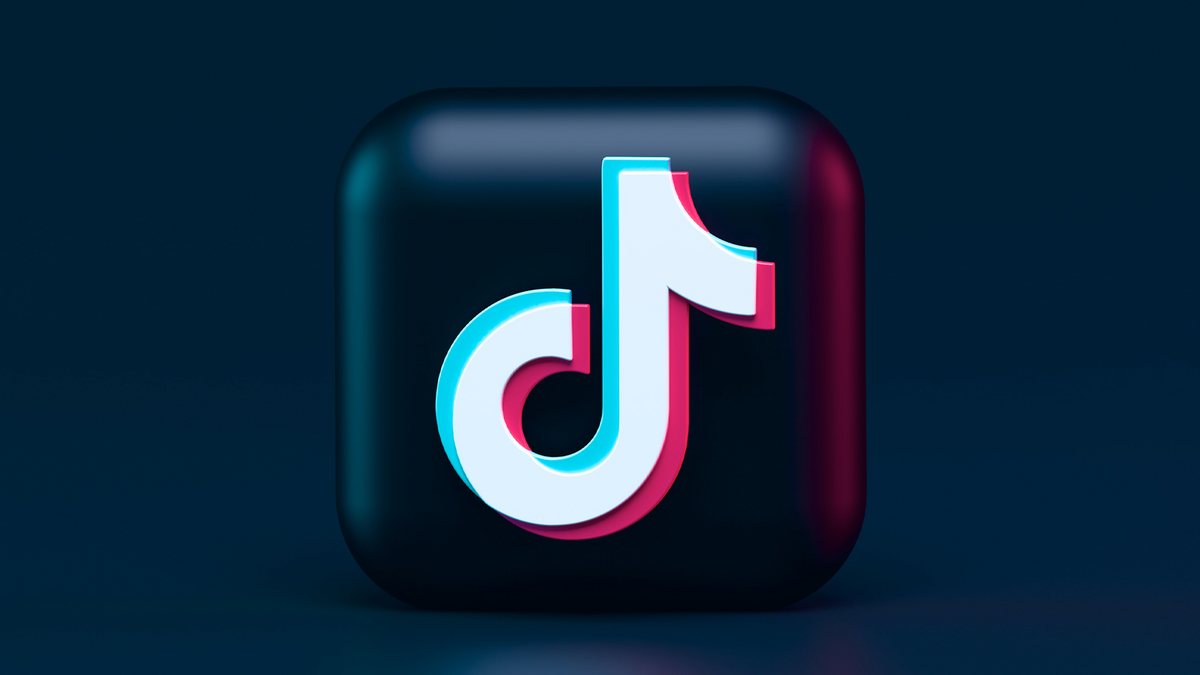
The Impact of TikTok on Music: How Viral Trends Are Shaping the Billboard Charts
|
Time to read 4 min
EXPERIENCE THE HYPE
|
Time to read 4 min
TikTok has taken over the world in a way that no one could have predicted. What started as a platform for lip-syncing and goofy dances has now become one of the most powerful tools in the music industry. Artists, labels, and producers have started to realize that viral TikTok trends can make or break a song, with some tracks skyrocketing to the top of the Billboard charts seemingly overnight. But how exactly is TikTok shaping the way we consume music, and why has it become such a vital force in the industry?
Let’s dive in and explore how TikTok has transformed the music industry and its undeniable influence on the Billboard charts.
TikTok’s success lies in its algorithm, which offers users an endless stream of short-form videos tailored to their interests. Whether it’s a dance challenge, meme trend, or viral hashtag, TikTok’s capacity to turn everyday users into viral content creators has made it a cultural juggernaut. But one of the most significant impacts of TikTok’s rise has been its role in the music industry.
Before TikTok, the road to chart success was often long and dictated by traditional means, like radio airplay and streaming numbers. However, TikTok has turned that system upside down, offering a new avenue for music discovery. Songs don’t have to wait for months to climb the charts—they can go viral overnight due to a trending dance or meme, creating an instant buzz around an artist or track.
Songs that go viral on TikTok have a distinct advantage in today’s music landscape. Once a song catches fire on the app, it can drive millions of streams on platforms like Spotify and Apple Music , which directly impacts chart rankings. As TikTok’s influence has grown, Billboard has had to adapt its charting system to account for these new, TikTok-driven metrics.
A perfect example of TikTok’s power on the Billboard charts is Lil Nas X’s “Old Town Road” . The track, which was initially a meme on TikTok, went on to break multiple records, including being the longest-running number-one song on the Billboard Hot 100. The viral trend associated with it, including various dance challenges, became a defining moment in the platform’s influence on music.
Key Example :
In the case of Doja Cat’s “Say So” , the song’s massive success was directly linked to its viral TikTok dance challenge. As users created videos using the track, it quickly gained traction, propelling the song to the top of the charts. TikTok provided the viral spark, but the momentum came from the vast number of user-generated videos and trends.
For an artist today, TikTok has become more than just a promotional tool. It’s a way to actively engage with their fanbase and create viral moments that can translate directly to chart success. But there’s more to it than just uploading a video and hoping for the best. Artists are now being strategic about how they approach TikTok, ensuring their content fits the platform’s viral culture.
Viral Moment Strategy :
Artists like Megan Thee Stallion and Lil Nas X have successfully harnessed the power of TikTok to amplify their music. By participating in challenges, promoting user-generated content, and even collaborating with influencers, these artists are turning TikTok virality into real chart performance.
For emerging artists, TikTok offers a level playing field. While traditional channels like radio or TV may overlook unsigned talent, TikTok allows any user to get exposure, and if a song resonates, it can quickly find itself on a global stage. It’s a game-changer for discovering new music and rising stars.
The rise of TikTok has also shifted the way music is consumed. In the past, a full album release or a radio debut would define an artist’s success. Now, it’s all about singles. With TikTok’s short-form videos and its emphasis on catchy hooks and viral moments, songs that make an impact in a 15-30 second snippet are more likely to succeed. Artists are now prioritizing “TikTok-friendly” songs—tracks with catchy hooks, repetitive choruses, and beats that encourage viral choreography.
This shift has made it harder for album tracks or deeper cuts to get the same kind of attention. Artists are increasingly focused on creating singles that can live on TikTok, and even labels are looking at TikTok data to determine what tracks to push.
In many ways, TikTok has become the new “digital radio.” It’s where songs break out and gain global traction. Radio playlists and streaming services still hold weight, but TikTok’s reach and viral potential have reshaped how people discover and engage with music.
Rather than waiting for a song to be played on the radio, TikTok allows users to discover the next big hit at the click of a button. TikTok has become an essential part of an artist’s promotional strategy, and its influence continues to grow, especially with the younger demographic that dominates the platform.
TikTok’s influence on music isn’t just a passing trend—it’s reshaping the entire industry. As viral trends and challenges continue to dictate the charts, we can expect more artists to focus on creating content that resonates with TikTok’s audience. For better or worse, TikTok has turned music into a viral sport, and the Billboard charts will continue to evolve alongside it.
As the platform grows and evolves, so too will the ways in which artists and labels approach music promotion. One thing’s for sure: if you want to make it in the music industry today, TikTok is a platform you can’t afford to ignore.